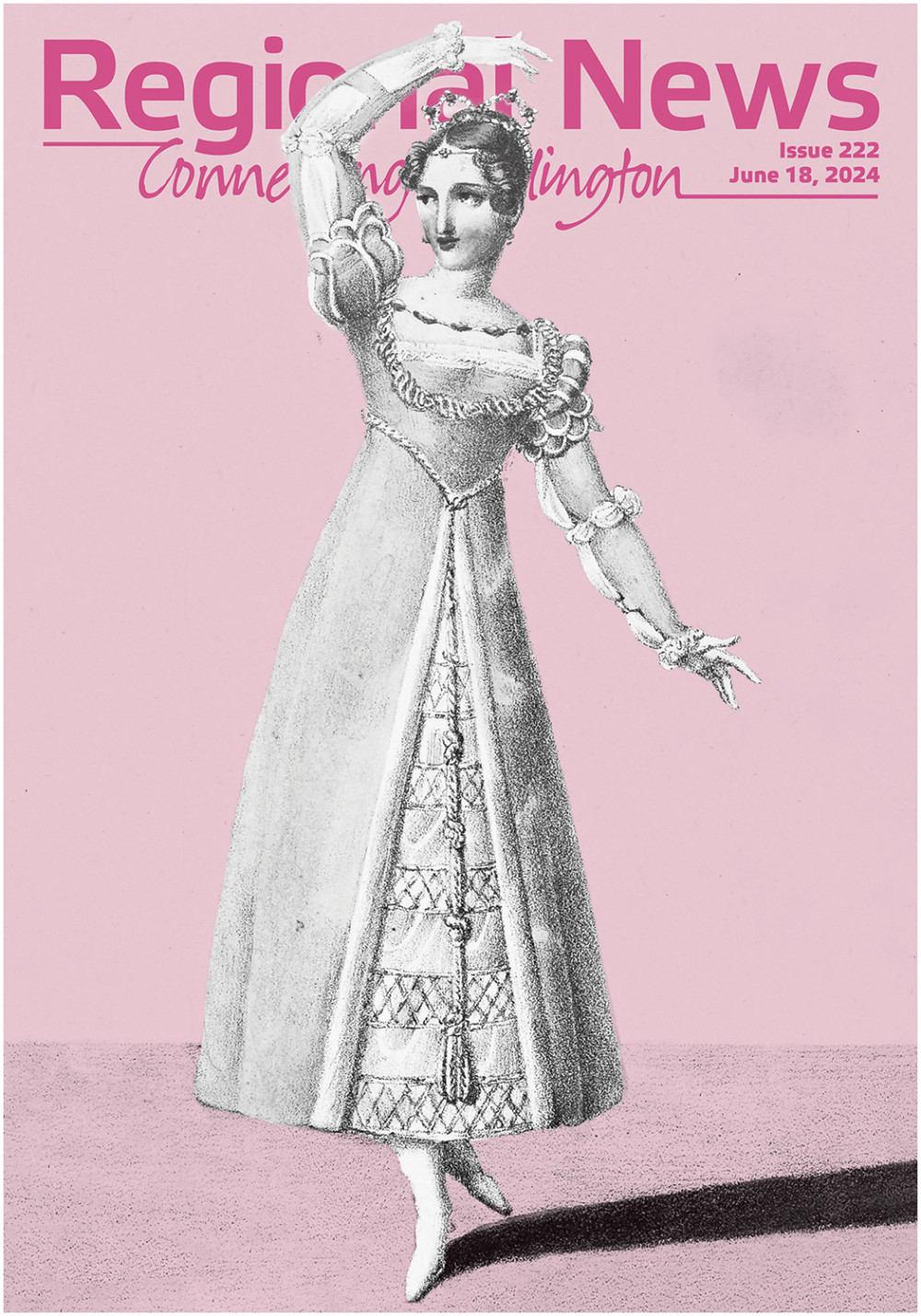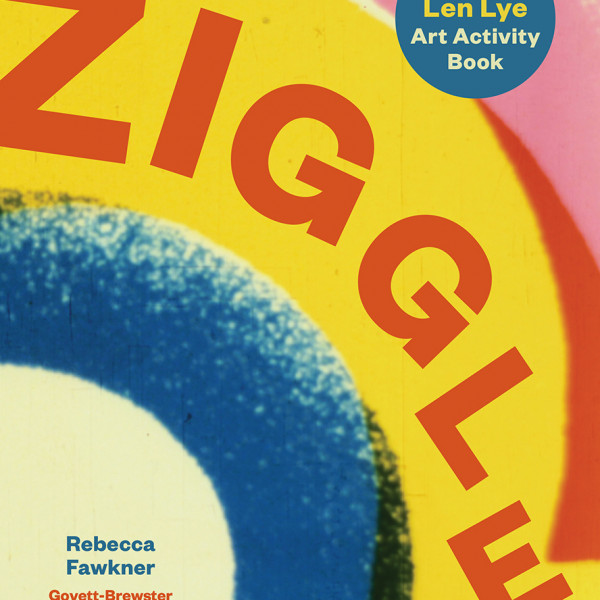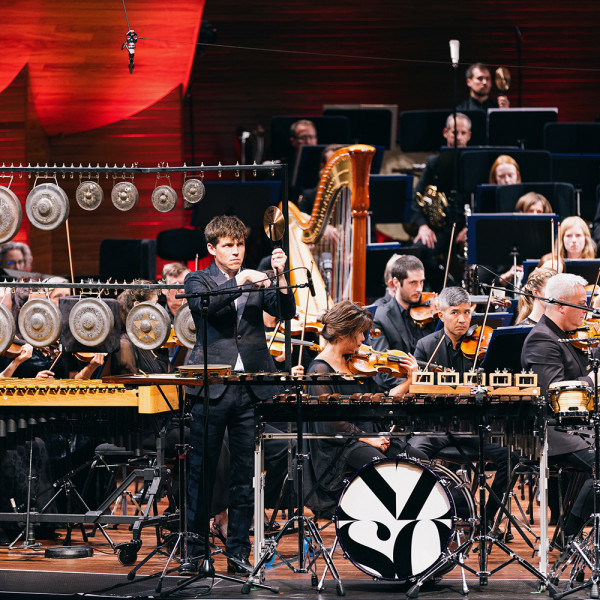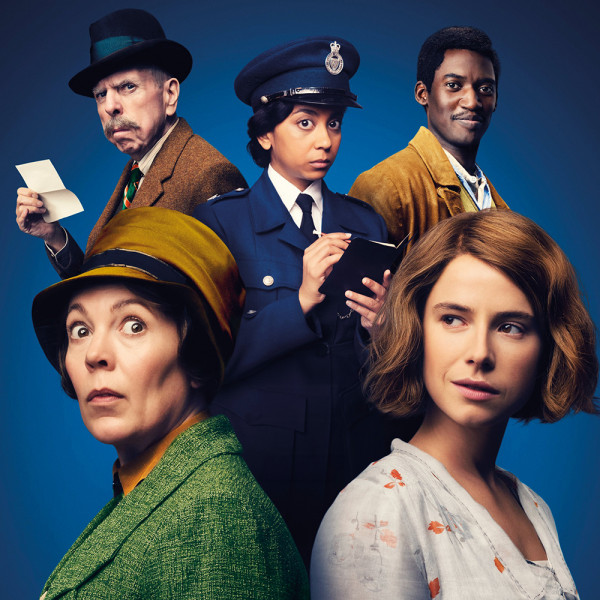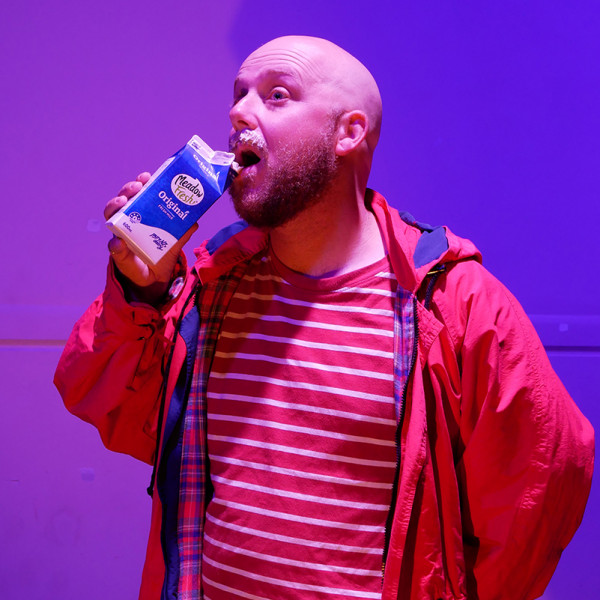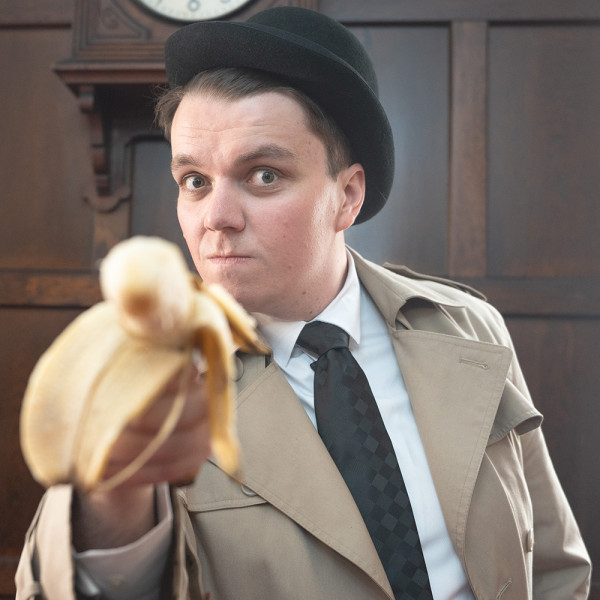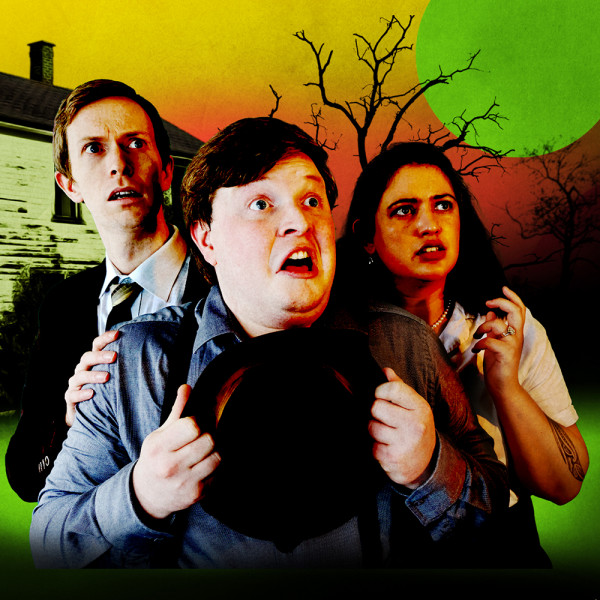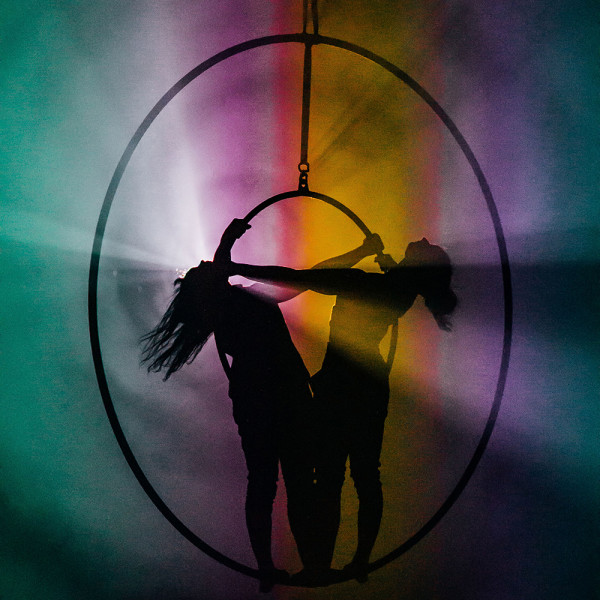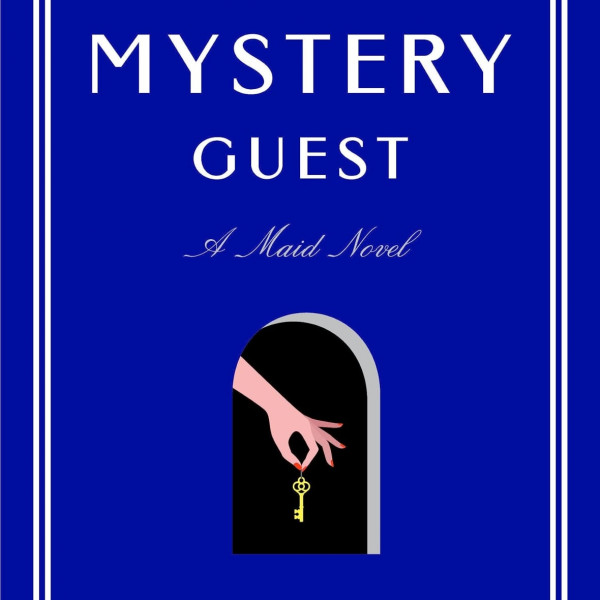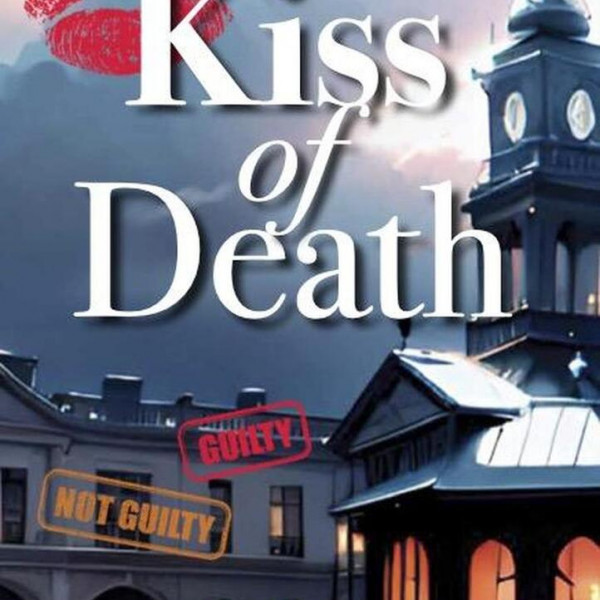
Set in Wellington at the end of WWI against the backdrop of the Spanish flu, the fictional novel Kiss of Death follows Lorna Dragana McDougal, one of Wellington’s few female solicitors. Her life is not easy. Besides raising her little sister, she is constantly having to prove herself worthy in a society dominated by men.
I have to admit, as a man living a cushy life in 2024, I simply cannot relate to what a woman in 1918 must have had to go through. If you were a woman in a male-dominated industry, life was gonna be hard. Looked down on, disrespected, and underpaid… that’s the order of the day. But Lorna rises above the abuse she suffers, managing to come out on top more than just a few times.
One of the best parts of the book for me was Lorna herself. While sharp-witted and intelligent protagonists are nothing new, it is not often we find one who has the literal world rallying against her. I really enjoyed her story and found myself wanting to spend more time with her. My favourite part was when she is forced to team up with police detectives who see her as more of a hindrance than a help. Of course, she succeeds in proving her worth all the same.
The story also deserves praise, and while I found it a little slow to begin with, it was not long before I started warming up to the narrative and where it was taking me. While I understand that authors must set up their main characters and the worlds they inhabit, in this case I would have much preferred to just dive into the main plot. That may be more of a ‘me’ problem, but I thought I should at least mention it.
Apart from that, this is a great little historical legal thriller that will definitely scratch the itch anyone has for a good mystery with a likeable and fun heroine. If you see this at your local bookshop, I highly recommend it.



